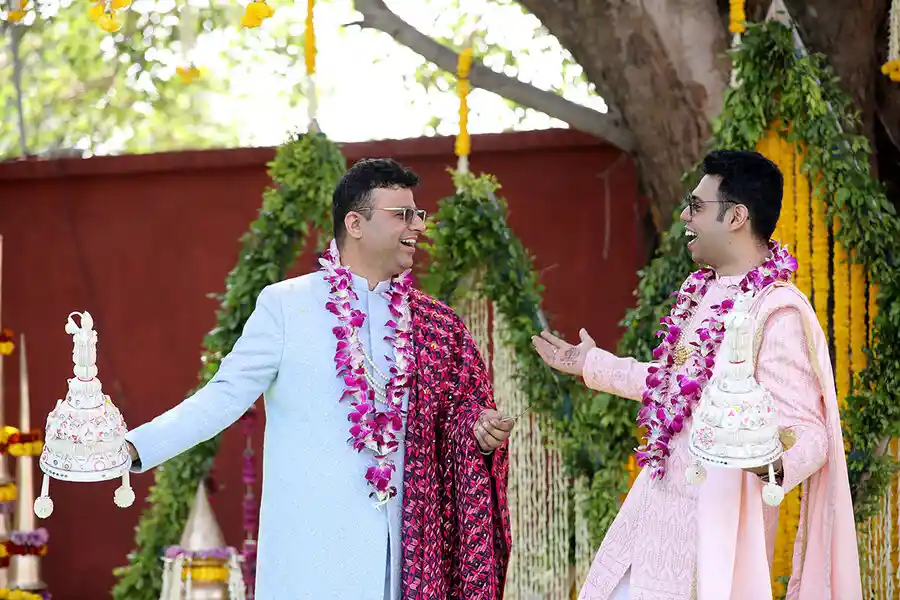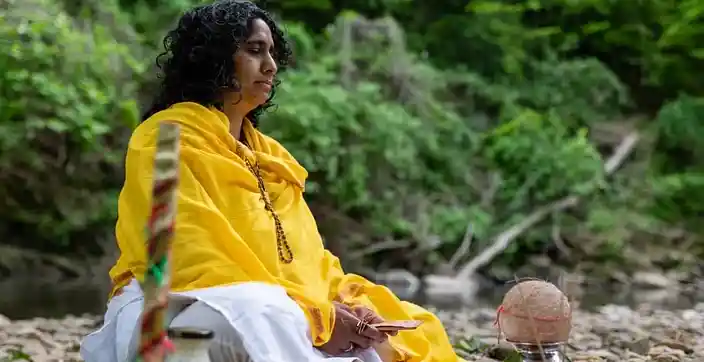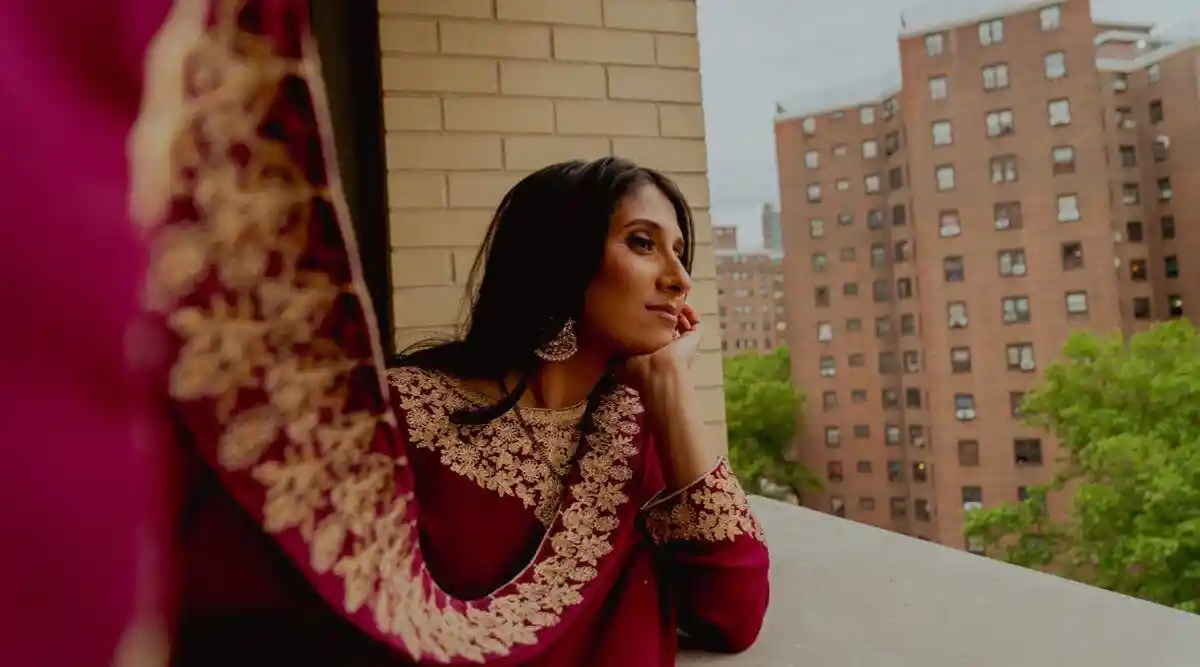Same-Sex Marriages: Two Different Perspectives
As our country remains divided on the debate of legalising same-sex marriages, priests across the world are redefining the constraints of tradition to include the queer community within the sanctity of marriage. While one perspective endangers equality, the other advocates for it in its truest sense.

Supriyo and Abhay, the original petitioners; Source: The Christian Science Monitor
The Supreme Court of India recently heard a petition seeking to legalise same-sex marriage. This petition was filed by Supriyo Chakraborty and Abhay Dang, two gay men from Hyderabad, on November 14, 2022, in their quest for legal recognition of their marriage. Despite being married, they could not officially register their union, highlighting a glaring denial of the rights of the LGBTQ+ community. Opposing the hearing, the centre observed that same-sex marriage is an "urban, elitist concept". Legalizing homosexual marriages would create a "profound social impact" and therefore such a "complex subject" should be left for the Parliament to deal with.
Although homosexuality was decriminalised in India in 2018, very little progress has been made regarding the institution of same-sex marriages. Marriage is not merely a social institution; it encompasses several rights and benefits that are legally available to heterosexual couples. These include opening joint bank accounts, obtaining insurance policies, and more.
In response to this legal battle, the centre filed an affidavit opposing the legalisation of same-sex marriages, stating, “The institution of marriage is necessarily a social concept and a sanctity to the said institution is attached under the respective governing laws and customs as it is given sanctity by law based on social acceptance. It is submitted that social acceptance and adherence to societal ethos, common values, and shared beliefs across religions, in case of recognition of the 'socio-legal institution of marriage' is not to be confused with majoritarianism.”
Interestingly, Hindu priests worldwide have been officiating homosexual marriages for decades. These unions fall under Common Law Marriage, which recognises a conjugal union between two individuals without requiring a license for a formal ceremony. This law is based on the understanding that the two parties are of marriageable age and wish to cohabit as any other married couple. These weddings do not guarantee social acceptance or legalize their marital status. However, these are symbolic gestures embracing an individual's choice and sexuality.
Sapna Pandya, a Hindu priestess in North America, has conducted several LGBTQ+ weddings, inheriting the duties of her grandfather. Dressed in the traditional white dhoti and yellow shawl, she chants mantras in front of the sacred yajna fire. Her status as a queer woman officiating LGBTQ+ nuptials is inherently subversive. Pandya also adapts and revises several rituals and mantras to suit each ceremony, making it unique.

Sapna Pandya, dressed in traditional attire; Source: The Quint
Pandya recalls the difficulties she faced when attempting to marry her partner, Sahar, who is now her wife. Being a member of the community, Sapna realized the obstacles her community constantly faces when trying to get married. In opposition to the inherently patriarchal customs prevalent in Hindu weddings, her ceremonies are inclusive and progressive. Her identity as a female queer priestess may invite looks of distrust and criticism from people, but that hasn’t stopped her from being a saviour to all the queer couples who found refuge in her.
Sushma Dwivedi, another female Hindu priestess in the United States, founded the Purple Pundit Project, which offers various“progressive, inclusive, LGBTQ+-friendly” religious services such as baby-naming ceremonies, housewarmings, and business blessings to people who are straight, gay, in interracial marriages, or just want a female pundit."

Sushma Dwivedi, founder of the Purple Pundit Project; Source: The New York Times
Dwivedi has officiated thirty-three weddings to date, and her approach to conducting ceremonies is also distinctive. According to her, a traditional Hindu wedding typically takes two to three hours to complete, while hers can be wrapped up in just thirty-five minutes. The wedding commences with a prayer and invocation to Lord Ganesha, followed by several laps around the sacred fire, symbolizing the couple's commitments. This resembles the saat phera (seven laps around the sacred fire) ritual of a traditional Hindu marriage ceremony. She follows this up by reading a Sanskrit passage from the Panchatantra that advocates for equality and partnership in marriage, instead of endorsing misogynistic rituals like kanya daan (the giving of a girl in marriage by her family).
With the advent of modernity, several traditional values and beliefs underlying wedding rituals are being questioned. The act of treating brides as commodities to be handed over from one male guardian to another (usually the father and the husband) is problematic, and these contemporary priestesses seamlessly blend tradition and modernism. Hence, the government’s stance that marriage between a man and a woman is the sole holy union appears quite perplexing when priests worldwide are subverting age-old traditions to empower individuals to live their identities fully. Their belief in equality, irrespective of caste, colour, sexuality, and nationality, is laudable and distinguishes them from others. However, most of these priestesses are Indian Americans and come from positions of privilege. This indicates that same-sex marriage is still a taboo subject at the grassroots level. India is yet to evolve into an accepting society and the recent hearing testifies to the same.


